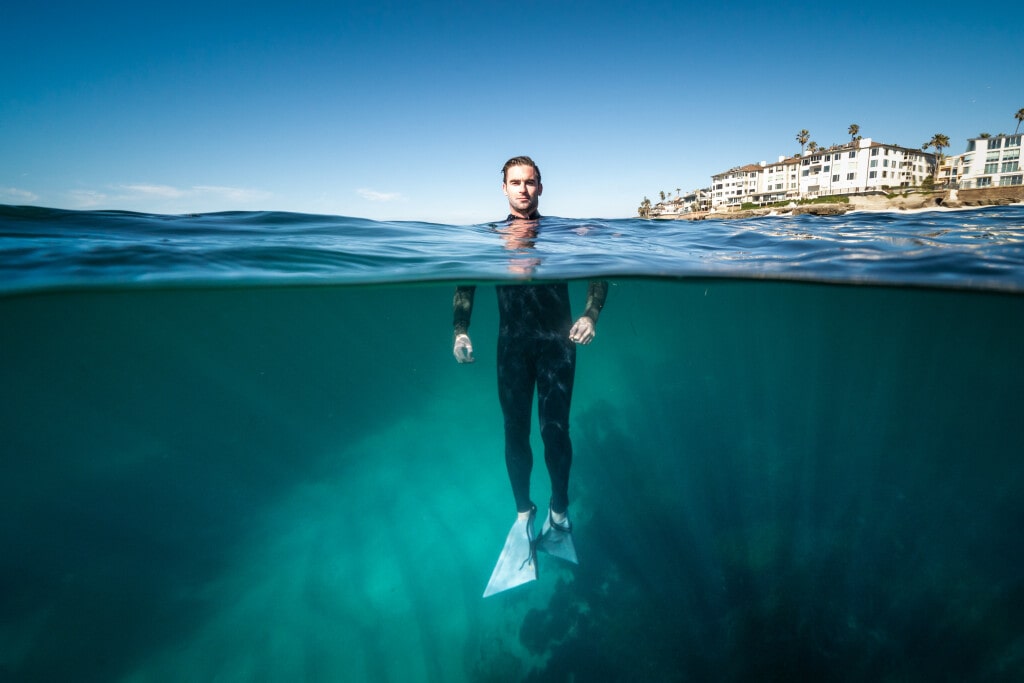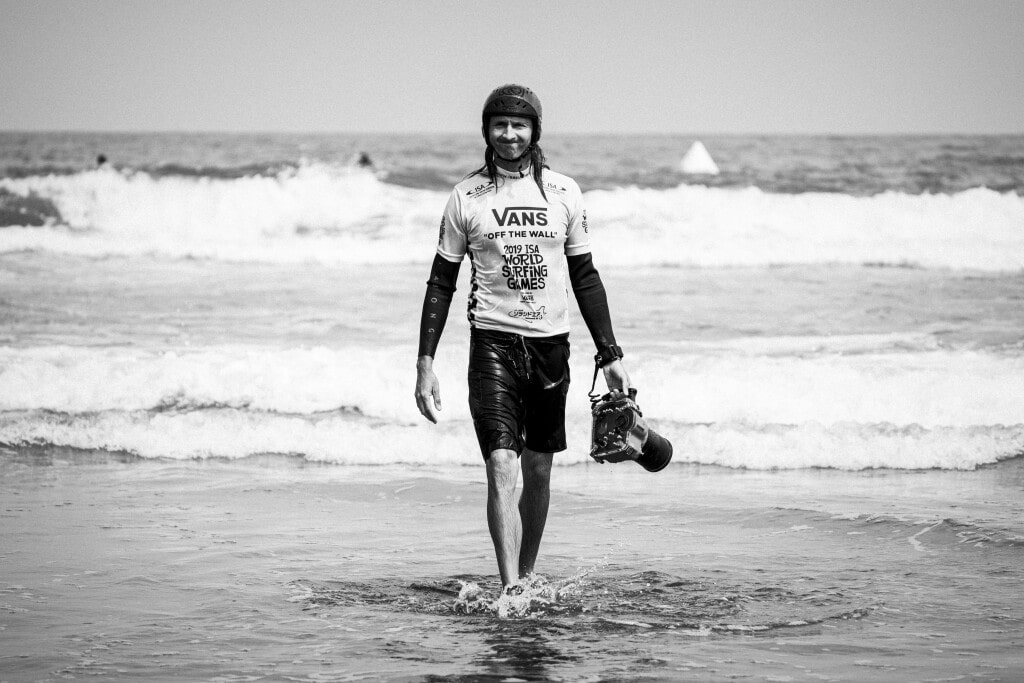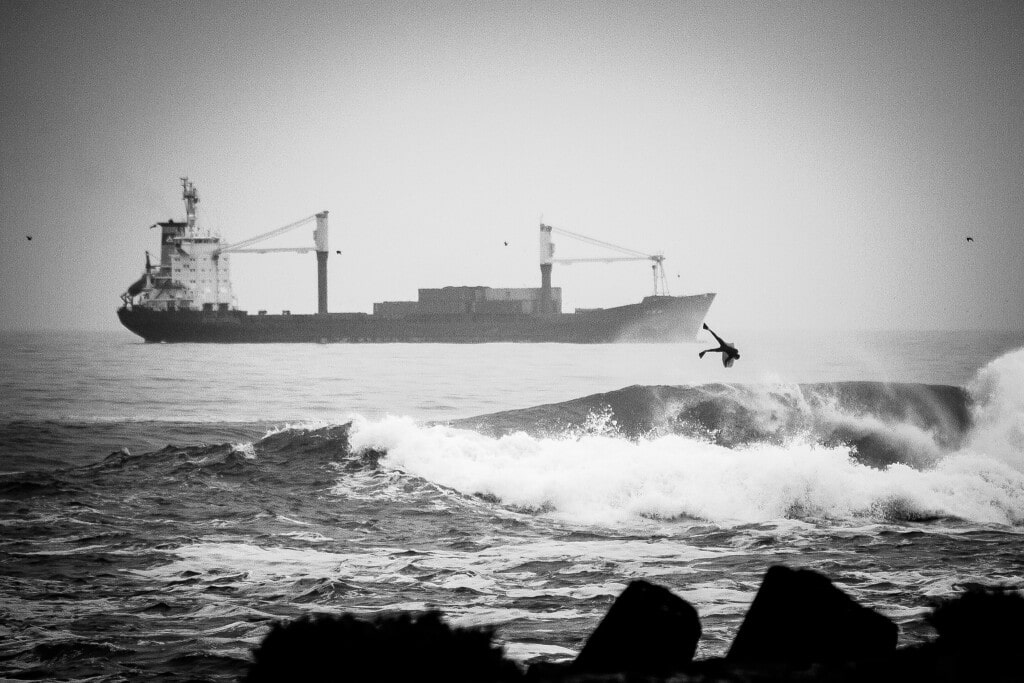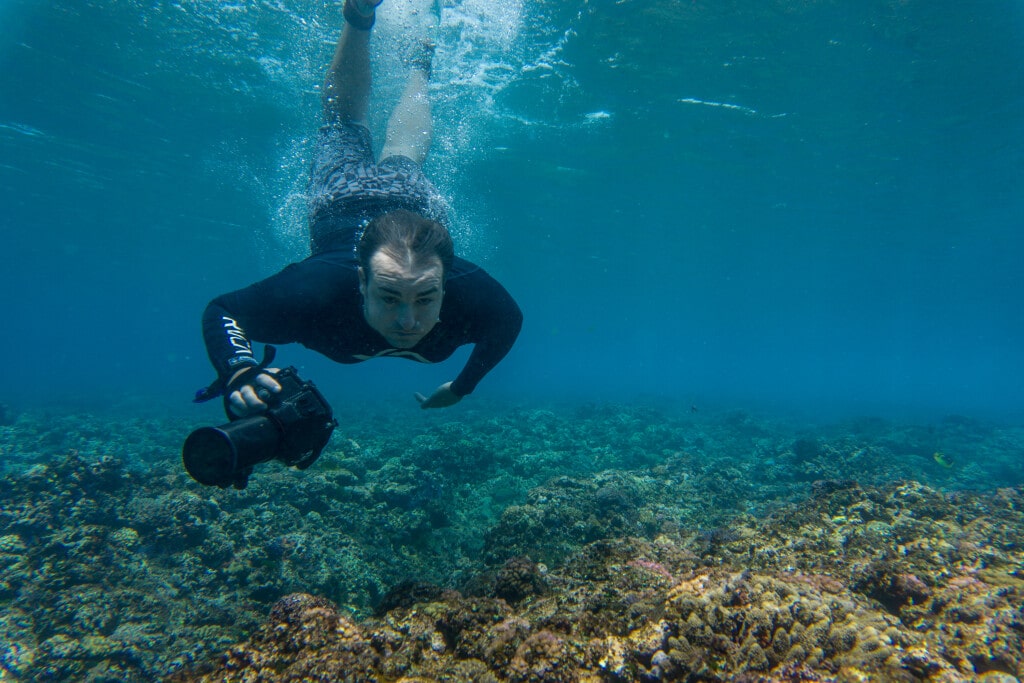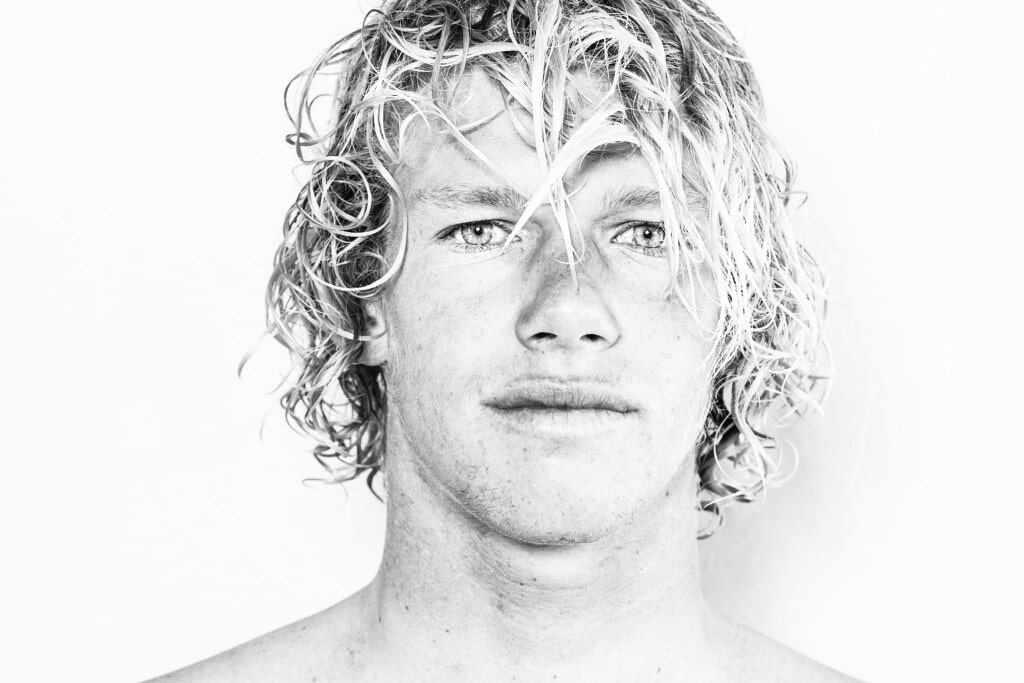1. ISA: How many years have you been a photographer?
I picked up my first proper camera in late 2008 when I was a traveling bodyboarder living in the north west of Ireland. It hasn’t left my side ever since, so I guess we are going for nearly 13 years.
2) How did you get into surf photography – when did you have that ‘ah ha’ moment? What drew you to surfing?
I started riding a bodyboard sometime around the early 90’s. Since day 1 I was hooked on the ocean. In Chile, where I grew up, surfing and bodyboarding were pretty new at the time. Not many people out there, no projections on turning into a lifetime thing.
I started traveling around the country looking for waves. Soon enough I realized that it was all I wanted to do, so not long after graduating from high school I bailed the country chasing waves around the world for 8 years.
I always felt drawn to photography, even before I grabbed a camera, whether it was an epic surf photo on a mag, a beautiful landscape on a gallery, or an intense portrait in National Geographic.
I started with a little pocket camera to register my travels, but I guess like a lot of surf photographers out there, I also wanted to register some of the cool stuff I was seeing when surfing. So I got a waterproof case for my little Cybershot. I had a few tries in the ocean here and there, but to be honest, I had a hard time taking photos of waves that I could have been riding.
It wasn’t until sometime in 2008 while living in Ireland, a friend of mine got a used Dslr and “real” waterhousing on ebay.
We basically started taking turns at taking photos while bodyboarding. The waves in Ireland are epic. I was stoked with some of the photos we were coming back with, so decided to get my own gear. I was hooked. I wanted to take photos of everything.
I was already 28 years old, not committed to anything, just a degree in yard work and house painting, and since that 9 to 5 thing didn’t really fit for me, I decided to pursue a career in photography.
A few months went by, and I moved back to Chile and studied advertising photography for two years, thinking surf photography was going to be just a hobby.
Somehow the surf photography thing was picking up. Facebook and Flickr were strong. I started heading to northern Chile shooting some international bodyboarding and surfing comps on my own. Soon enough I started to get hired by those same APB tour and WSL QS events. It kind of snowballed from then.
3) What is your favorite photo that you have taken?
That’s a hard one. There is a few I really like. I guess the one of Jared Houston doing a massive air forward at El Gringo in Arica. I totally lucked out on it, right place at the right time thing.
